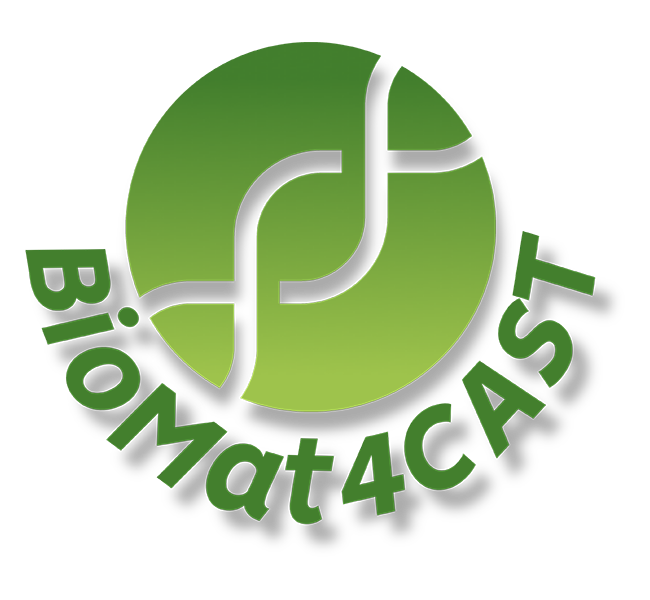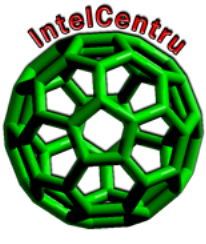| |
Scientific plan - Overview of the research projects in BioMat4CAST
RESEARCH PROJECTS
Project 3. Computational modeling of drug/ligand interactions with DNA and DNA damage & repair
1. Project Team leader
1. 1. BioMat4CAST Computing Team Members
|
Dr. Andrei Neamtu, Dr. Dragos Lucian Isac, PhD student Razvan-Cristian Puf, PhD student Narcis Iulian Cibotariu
|
1. 2. Experimental Support for the Computational Team
| Dr. Bogdan Florin Craciun, Dr. Mihaela Silion, Dr. Dragos Peptanariu, Dr. Adina Coroaba |
2. Objectives
| Using the computational chemistry tools to explore the interactions of small molecules with nucleic acids, to design drug targeted to specific secondary structures and nucleic acids sequences, and to understand of the role of natural organic molecules on DNA protection. Exploiting molecular modelling to aid the understanding of a photocarcinogenic processes. Using quantum chemistry (DFT and TD-DFT) to sudy urocanic acid (UCA) a chromophore which absorbs UV radiation in the skin's upper layer, preventing deeper penetration and direct DNA damage. Upon UV absorption, UCA isomerizes from trans to cis form, linked to immunosuppression, impairing the skin's DNA repair and damaged cell removal, potentially increasing skin cancer risk, requiring QM/MM studies. |
3. Project Organization
As shown in Figure 4, small molecules can interact in different ways to nucleic acids, depending on the structure of both the target and the ligand. Different structural targets and different ligands will be considered, as schematized in the following
Step 1: Selecting the targets
• Identifying Nucleic acids oligomers with different secondary structure, and/or different nucleotide sequence, that can compete for similar types of ligands.
• Collecting literature data
• Selecting the target for which more experimental information on the structures and/or on te ligand binding are known
Step 2. Selecting the small molecules
• Literature study to identify natural or synthetic ligands that can bind to the selected targets.
• Identifying those for which some selectivity between the target structure is known and/or structure coordinates of the complex are known
• Identifying those having a known pharmacological activity (therapy of cancer, virus infection etc.)
Step 3. Modelling the interactions between ligands and nucleic acids targets:
• Docking techniques to identify the ligands with most selectivity for selected secondary structures and topologies.
• Verifying the effect of the surrounding structural motives of the target on the binding affinity of selected ligands.
• Verifying the effect of structural modifications on the ligands on the binding affinity.
• Performing MD simulations (classical, Umbrella sampling, Steered MD) on the most promising ligands with different targets, to both generate target structure for ensemble docking and to verify the binding affinity.
• Studying the region with the binding site with the ligand using QM and QM/MM methods to obtain an accurate picture of the interactions involved, and/or when proper studying the reaction when covalent binding is involved.
• Using QM methods to study both the isomerization reaction of UCA via excited states and effects of UV radiation on biological material in skin resulting in formation of radicals and reactive oxygen species leading to lesions in DNA
• Using classical MD and QM/MM to study damaged DNA and its repair mechanisms
|
Competences that will be acquired/improved by the computational team
(1) Docking: for preferred location and orientation of the ligand, (2) quantum chemistry: for selective parts of the system in active sites where the ligand binds, and for studying the mechanism through which radical species are produced when cis-urocanic acid interacts with a peroxide molecular system after being exposed to UV radiation; (3) MD simulations: for the dynamics of DNA-ligand binding and effect on the conformations 4) QM/MM: for electronic properties in DNA-ligand binding (5) free energy calculations: for FE differences and binding affinities and energetics, (6) machine learning (ML) and artificial intelligence: for finding potential drug candidates in screening
Competences expected from the experimental team supporting the computations:
(1) Surface Plasmon Resonance (SPR): for real-time binding kinetics & affinity, (2) Isothermal Titration Calorimetry (ITC): for thermodynamics of binding (enthalpy, entropy) and binding constant, (3) Circular Dichroism (CD): for conformational changes in DNA upon ligand binding, (4) Mass Spectrometry (MS): for identifying ligand-DNA adducts (covalently bound ligands), (5) NMR: for all structural details and dynamics of ligand-DNA complexes. Highly useful for both canonical and non-canonical DNA structures. The in silico team is currently collaborating with a Ukrainian group developing novel fluorescent dyes to characterize DNA, a highly relevant application within project 3.
|
4. Instructors/trainers
| Prof. Francesca Mocci (Cagliari University, Italy) |
|
| Prof. Claudiu Supuran (Florence University, Italy) |
|
| Prof. Leif Eriksson (Gothenburg University, Sweden) |
|
Figure 4. Overview of small molecules binding to conventional and non-convention nucleic acid structures studied in Project 3
|


